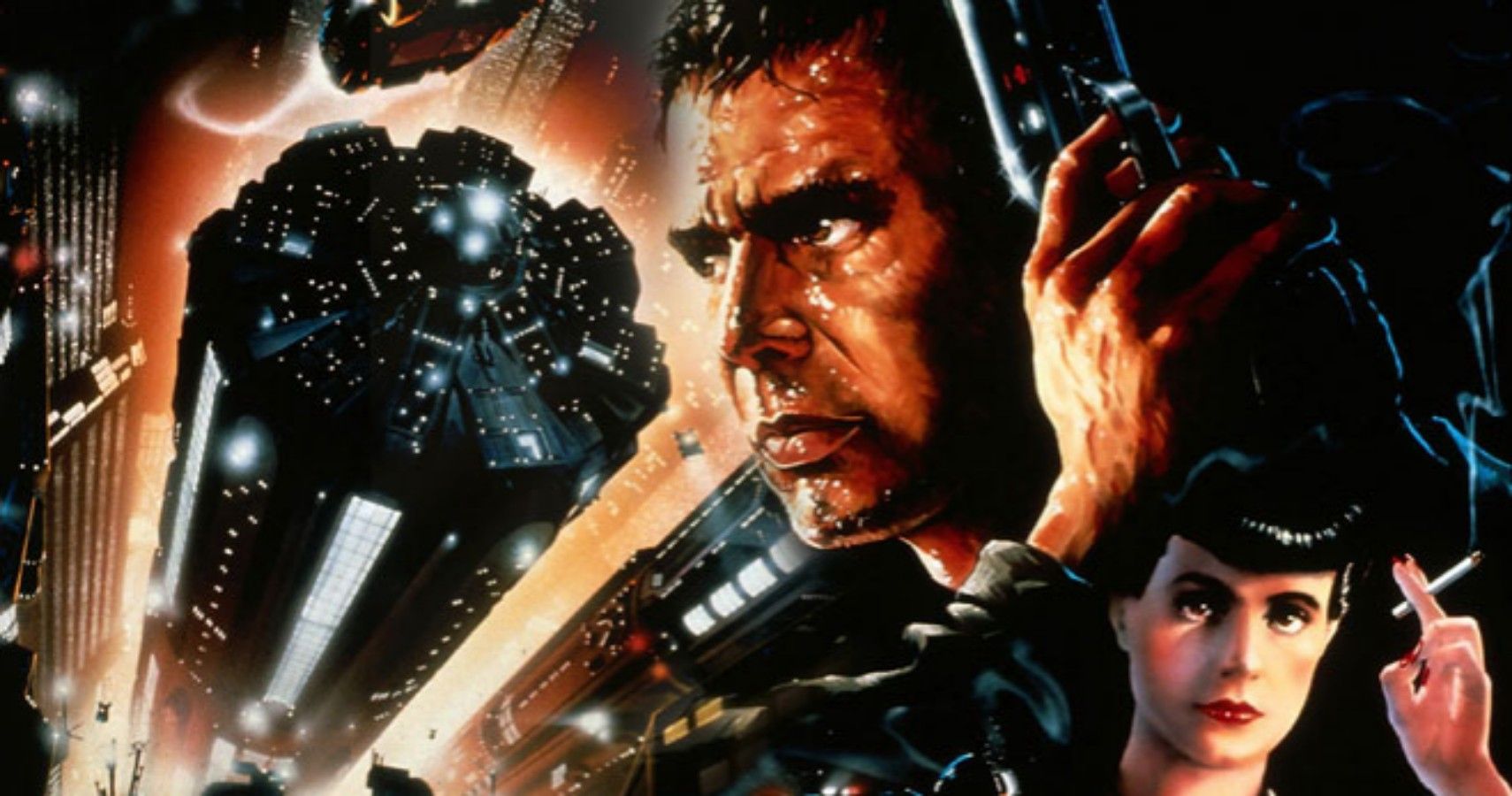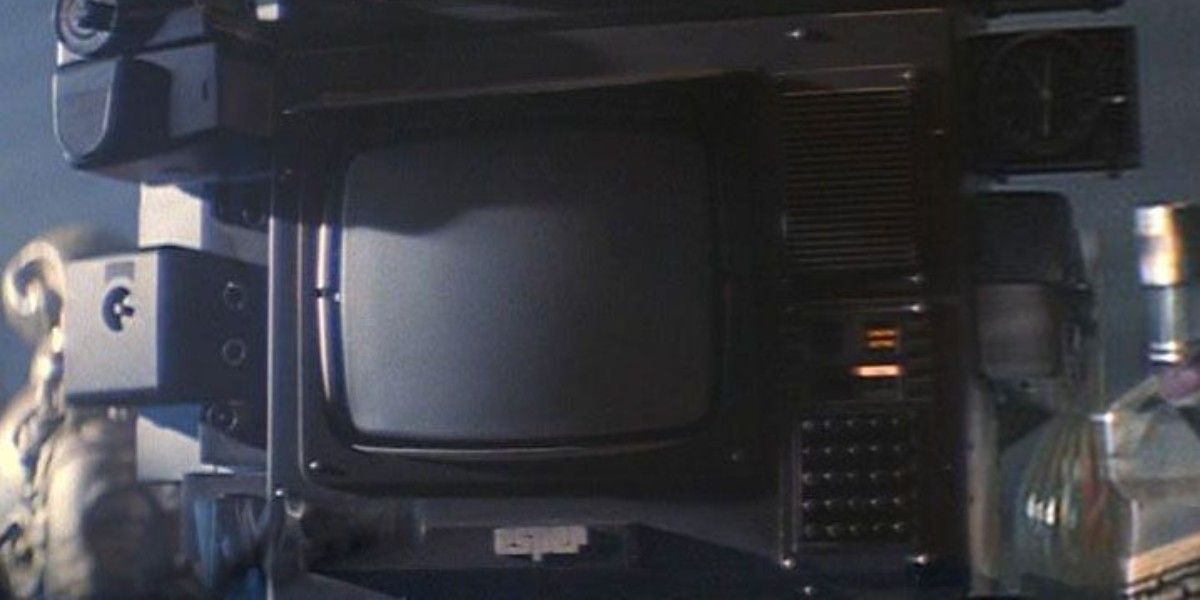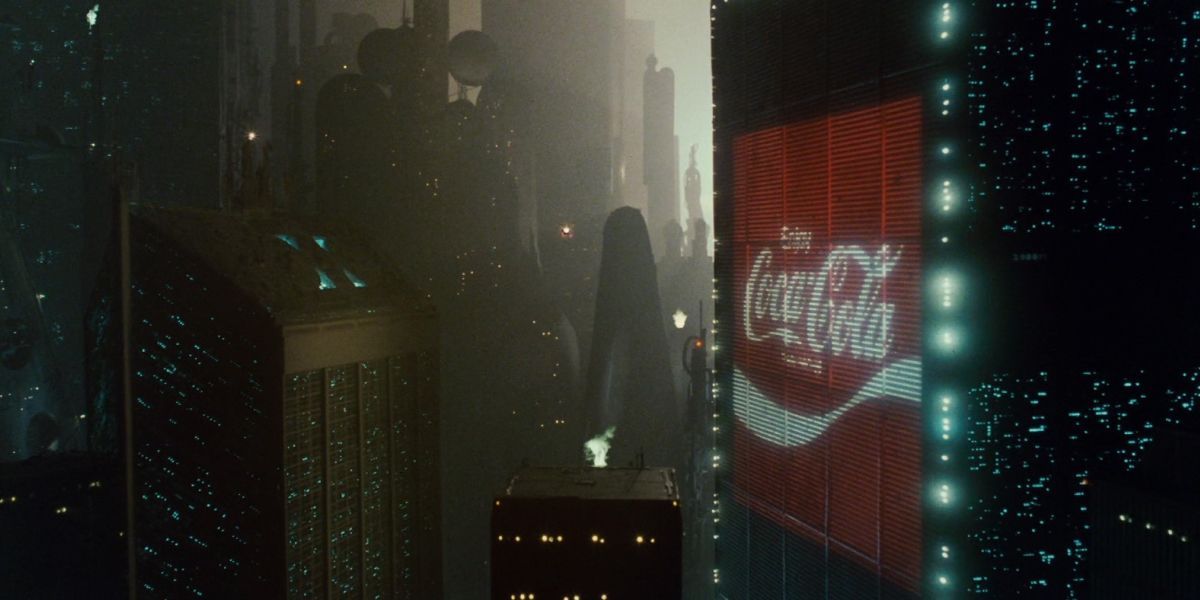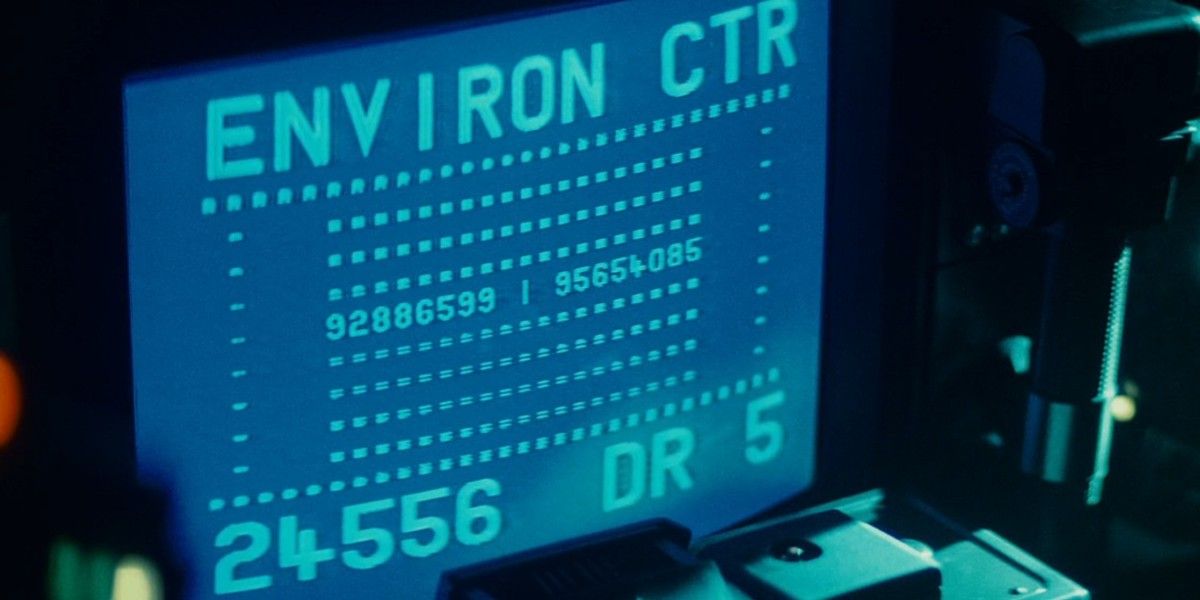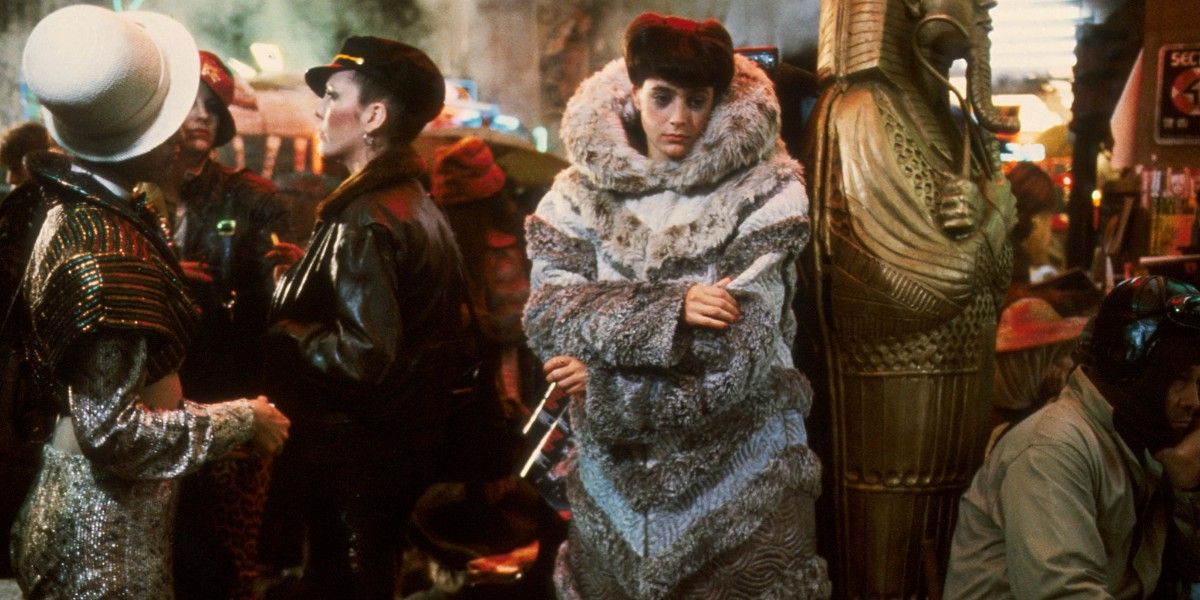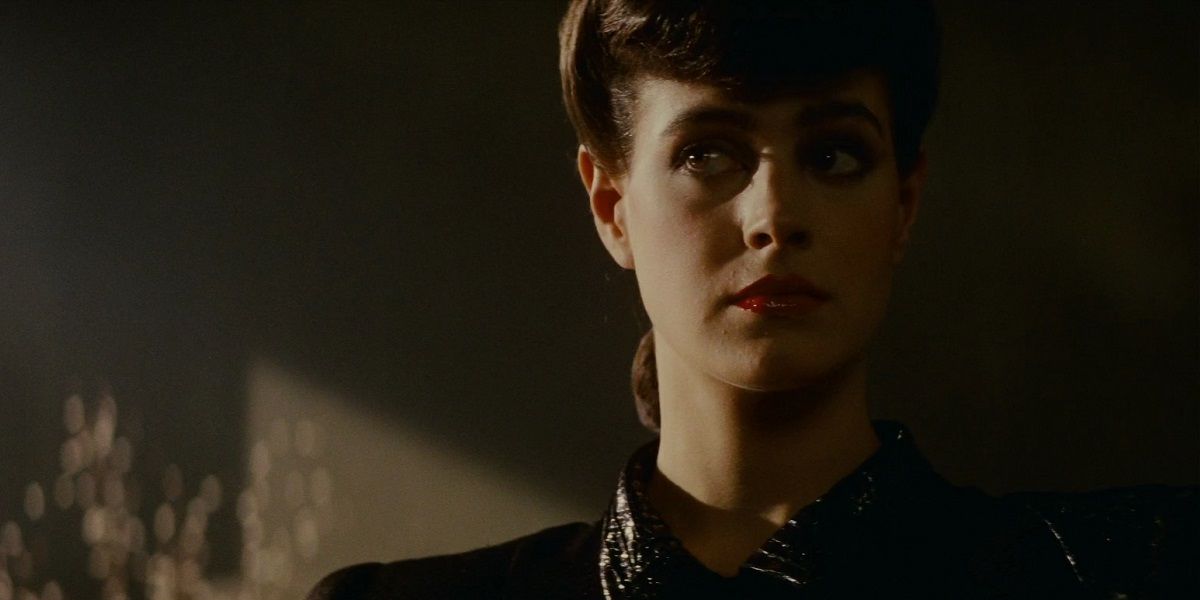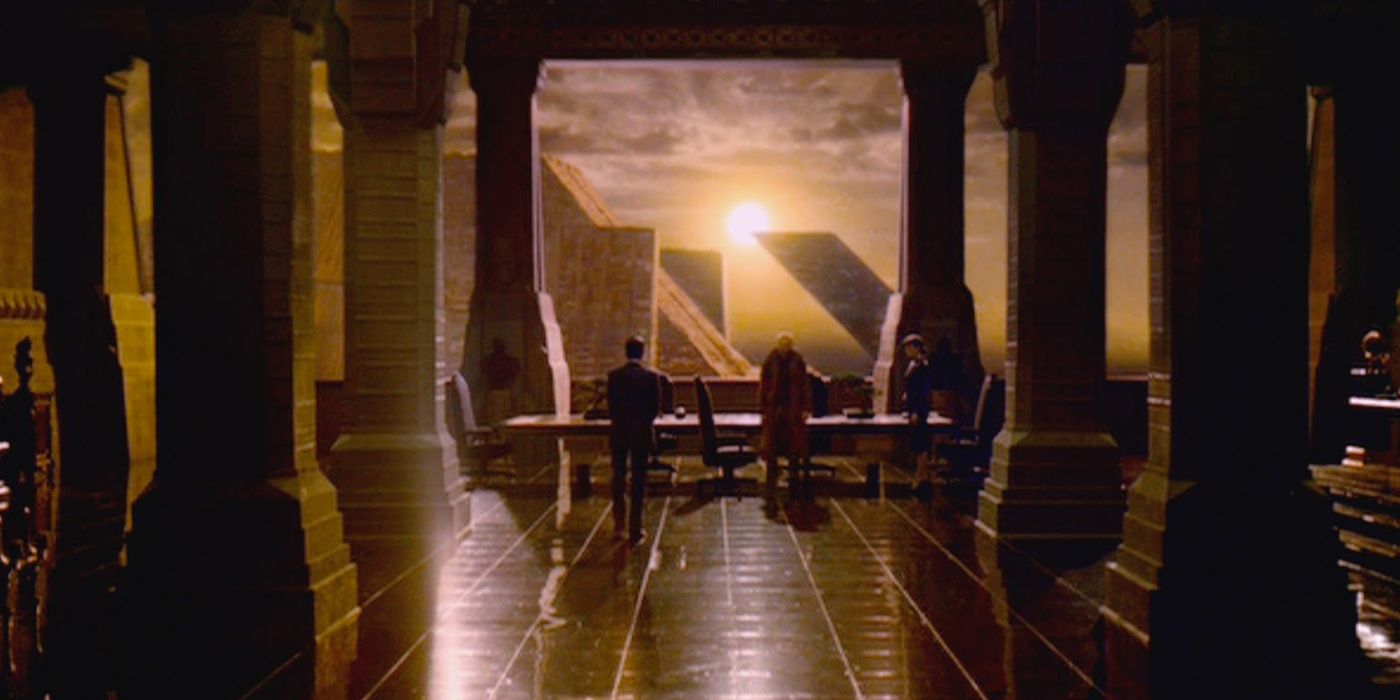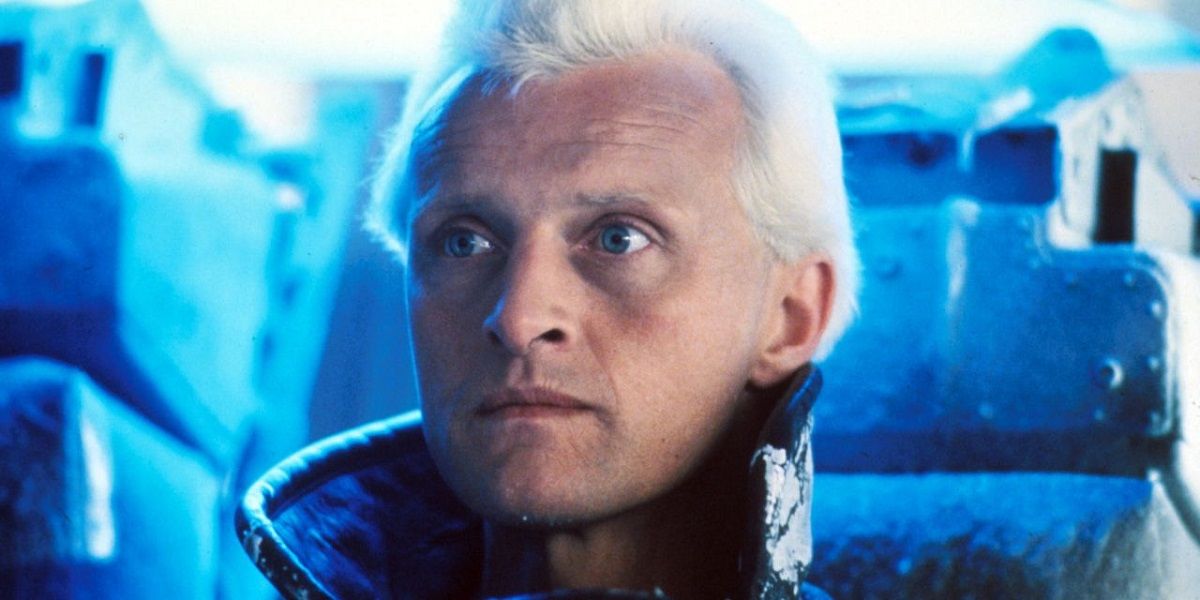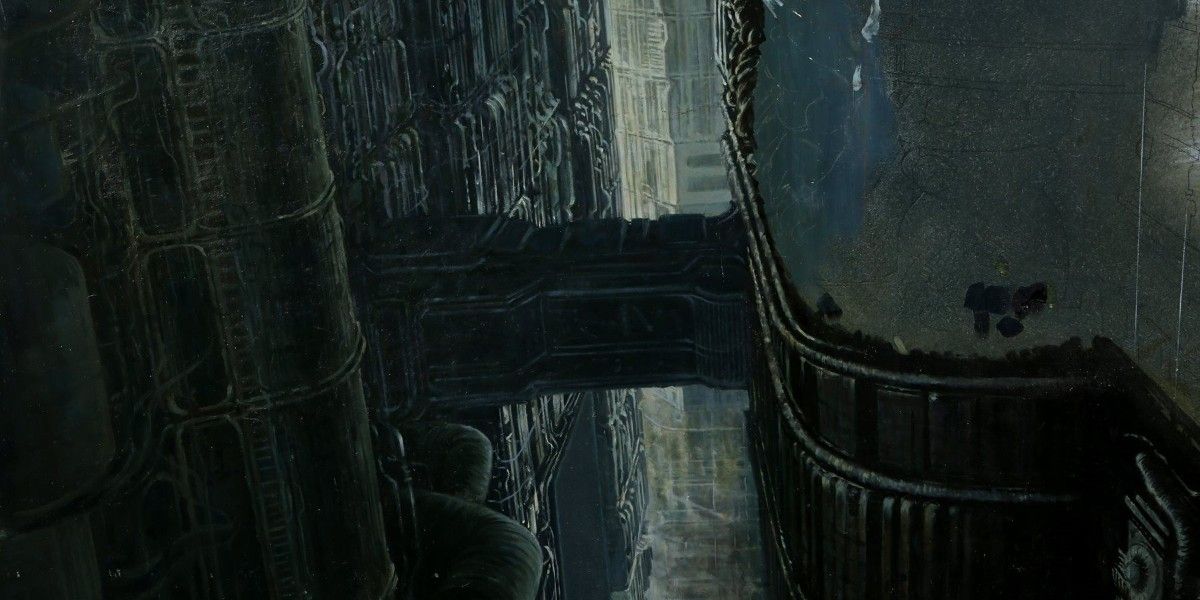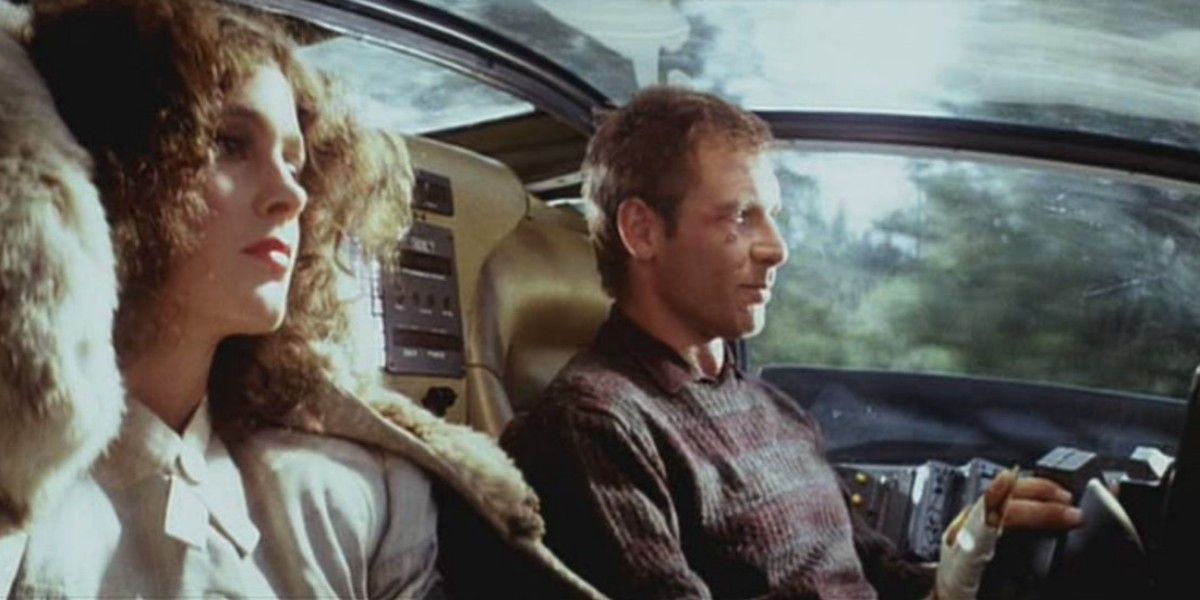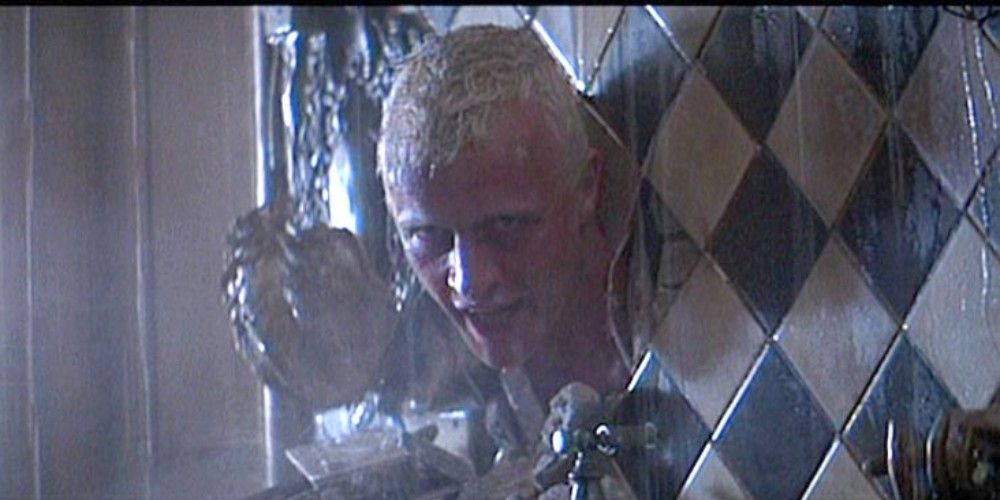When it was released in 1982, Ridley Scott's sci-fi opus Blade Runner presented a genre bending film unlike any other previously seen by movie audiences. Following an elite law enforcement officer as he tracked down rogue robot sentinels made to appear eerily human, it offered a shocking view of the future. It wasn't clean and orderly like 2001: A Space Odyssey, or derelict and utilitarian like Alien, but gritty, bathed in neon, and financed by mega-corporations. There were sci-fi mainstays aplenty like flying cars and artificial intelligence, but they were blended with ideas of existentialism, nihilism, and humanism.
Soon it will be forty years since its release, and due to the fact that its vision of the future was based on the vision of a future from the perspective of creative minds in the '80s, certain aspects are dated. The ideologies and technologies of the era may have informed the movie making process, but the ideas and symbolism in Blade Runner are universal, and will always remain timeless. Here are ten things about Blade Runner that haven't aged well.
THE TELEVISIONS
Like many science fiction films that predict the future, the technology they can demonstrate is often only as cutting edge as the technology from the era in which they're made. We see that time and time again in Blade Runner, while there are flying cars and holograms, there are pieces of very outmoded tech.
There are still televisions that use a cathode ray tube, rather than LED backlit LCD technology, which we know dominates the television market today. Surely there'd be at least flat-screens in the time of Blade Runner? We see greater tech on display in Tony Stark's laboratory in Iron Man.
THE MUSIC
The soundtrack to Blade Runner is almost as famous as the film itself. Vangelis, who composed such enchanting scores as Chariots of Fire and 1492: Conquest of Paradise, uses his famous wall of sound technique to create soundscapes of synthesized opulence, evoking a futuristic symphony.
As much as some viewers will always love that sort of music, others will find it incredibly dated. Modern composers of Vangelis's ilk that favor electronica/percussive sounds, like Hans Zimmer, would alter the score to incorporate more urgency and varying senses of mood, which he did in Blade Runner 2049.
THE COMPUTERS
Blade Runner came out the same year as Tron, a science fiction adventure from Disney that not only pioneered 15 minutes of extensive computer animation, but focused on computers as the society-altering pieces of technology they were becoming.
With that in mind, the fact that Blade Runner included computers of the era in any capacity is extremely forward-thinking in 1982, but ages it beyond belief now. In 2019, the year the film takes place, we have computers in the palms of our hands that are a fraction of the size of the computers being used in the film.
THE FASHION
Despite it's efforts to be very eclectic, and be positioned in a future that incorporates many different cultures, architectural styles, and modes of dress, Blade Runner is still a movie made in the '80s. As such, the fashion on display is very much a product of its time, and very much stuck there.
From Batty's Billy Idol-inspired platinum hair, to Deryl Hannah's Adam-Ant-inspired makeup, to the copious amounts of vinyl, pvc, and spandex on display, everyone looks like some sort of pop star of the decade. Even Deckard wears a very '80s trench coat, with the sleeves shoved up to his elbows.
THE FILM NOIR VIBE
Much of the '80s borrowed much from the '40s in a variety of ways; men's suits were often loose and double-breasted, women wore their hair like Old Hollywood starlets, and there was a surge in films set in that time period, like Indiana Jones and Romancing the Stone.
That being said, Blade Runner borrowed heavily from the film noir style, from the dimly lit interiors with light shot through the blinds, to the omnipresent feeling of dread in the rain soaked streets, and finally to the voice-over that ran over much of the theatrical cut. Audiences today probably won't pick up on all the references, unless they're cinephiles.
THE PACING
At the time of the film's release, the visuals, ambiance, and effects were so ahead of their time that audiences didn't even mind the pacing. It was slow, deliberate, and allowed viewers to savor the film's spectacle, as well as the ideas being presented.
These days, even original fans of the film might find it difficult to rewatch it, because for all the intellectual and visceral stimulation on the screen, there are parts where it lags in its narrative, and sequences that may come off as boring to anyone used to a faster editing process.
THE CONCEPT OF REPLICANTS
With the innovation in the field of Artificial Intelligence today, and futurists' discussion of the Singularity principle, it's becoming more and more easy to imagine a world with Replicants in it. However, the way Replicants were made to be in Blade Runner seems outdated.
They were developed for slave labor on off-world colonies, to do menial, onerous tasks deemed unattractive to people on Earth. Yet they were made to be able to eat, sleep, and even bleed. What would be the point of developing Replicants you couldn't tell weren't human? Especially as a labor force?
THE MATTE PAINTINGS
Many of the special effects in Blade Runner would look inline with the CGI visuals of today. The clever use of practical effects like miniatures, models, and the clever use of lighting and forced perspective camera angles enable it to be timelessly effective.
One glaring visual effect that dampens the effect of the film's scope is the copious use of matte paintings. Unfortunately, even those of the Tyrell Corp building look less impressive than they did when the film was first released. Luckily the director's cut fixes much of the obvious brush strokes.
THE CARS
Most people, when asked to paint a picture of the future, allude to some flying cars or hover craft. It's safe to assume that will be the mode of transportation by the time Blade Runner takes place, so it's appropriate that Ridley Scott included that sci-fi mainstay.
What wasn't accounted for, of course, was that most likely by that time, cars will be self-driving. Even Blade Runner 2049 didn't get that right, and had Ryan Gosling's K driving his own vehicle. Given the fact of who and what he is, it makes that even more baffling.
ROBOTS GOING BERSERK
Whether it's because science fiction audiences are savvy to the plotline or they've watched The Matrix, I, Robot, and the Terminator films too many times, but the concept of robots going berserk and trying to kill humans is a ubiquitous trope by now.
Though it was a fresh concept when Blade Runner was made, it's not something that ages well because most viewers won't realize it was one of the first films to tackle it with an empathetic perspective in the Replicants' favor. We can also all agree Daryl Hannah doing backflips and trying to crush Deckard with her thighs is pretty hilarious.

